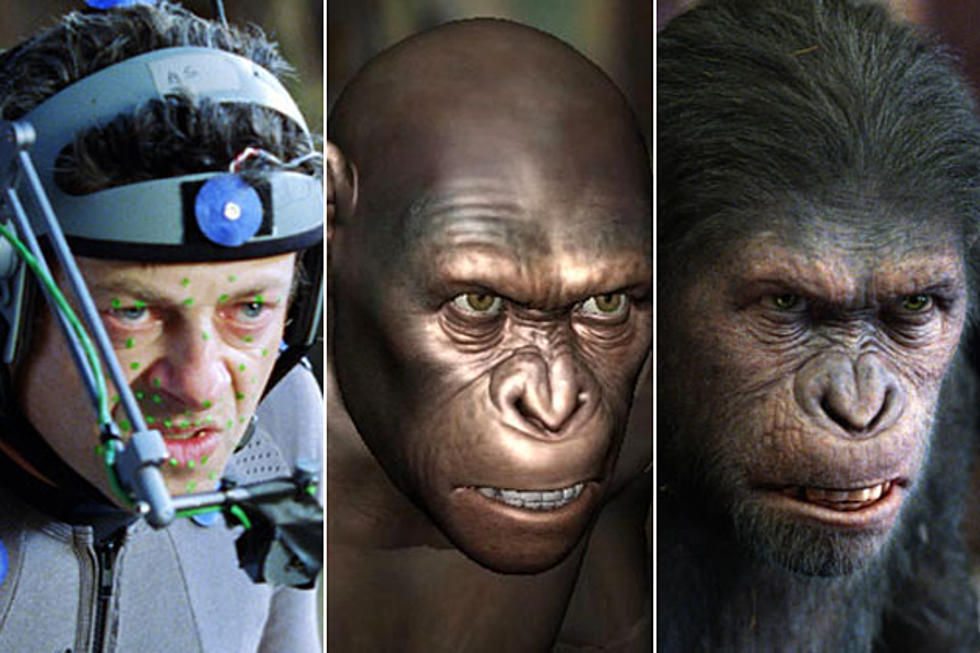Animation Using Motion Capture
 Charles Maynes
Charles Maynes
Is it acting or animation when lifelike 3D animation is enabled by performance capture or motion capture technology?
The idea of "performance capture" has emerged as 3D animation has advanced thanks to films like James Cameron's Avatar, potentially addressing the problem of how to successfully combine acting and animation for the first time. Performance capture enables every facial movement and nuance expressed by the actors to be conveyed by their virtual 3D selves, in contrast to previous motion capture movies where facial movements still needed to be added in post-production by animators.
Actors are expected to fully express their emotions on camera before the data is exported to their digital selves because facial movements are not added in post-production. Only body parts that might not exist in reality, like the tails on the Na'vi, require additional animated movement. Of course, the story also required the animation of all the other fantastical creatures, worlds, textures, attire, and "make-up."
However, there is no doubt in the minds of director Cameron and his cast that their acting skills are truly represented on the big screen in the form of the ten foot tall blue Na'vi. Actors themselves have struggled to some extent with whether these fully or partially animated movies are really "acting."
With this level of innovation, the lines between conventional animation, computerized 3D animation, professional special effects makeup, and conventional filmmaking have vanished for good. It must be a huge improvement for the actors to be able to replace daily hours spent in the makeup chair having expensive prosthetics and intricate makeup applied with live action footage shot in a green screen environment. And most agree that 21st-century filmmaking is no longer solely about the attractive face or the ideal body thanks to the proliferation of screen actors voicing significant roles in animated films in recent years.
It has been reported that James Cameron said, "I do think there is a problem here where the acting community needs to be educated about what performance-capture really is, especially the way we did it on 'Avatar,' where we preserved every nuance of the performance."
In order to create a live-action adaptation of the first three volumes of the manga series, Cameron has been working on the "Battle Angel" project. The film, which will combine live action and computer-generated imagery like Avatar, will star a female actor as Alita and employ performance capture techniques.
Performance capture was used by Beowulf director Robert Zemeckis as well, starring Ray Winstone. Winstone makes the point that this technology is really just a post-production variation of hair and makeup perfectly clear. The difference between this and live action, according to Ray Winstone, is that in live action, you go into hair and makeup, into wardrobe, and then you act, according to Beowulf producer Steve Starkey. "You play the part, and they then style your hair and apply your makeup. There is no distinction. You're acting in both instances, so in my opinion, it qualifies as a legitimate performance."
Giant Studios
Giant Studios, based in Los Angeles, developed the proprietary performance capture technology that Cameron used for Avatar. Giant's proprietary technology combines a sophisticated set of software tools with cutting-edge tracking and analysis algorithms to give 3D animators the ability to produce high-quality character animation quicker and more easily than ever before. With the help of hundreds of thousands of lines of code, Giant's technology has defined the human skeleton in great detail, including bone length, density, connectivity, and rotational properties. These can all be altered to reflect the proper skeletal arrangement for any animated mechanism.
Each character onscreen is animated naturally and accurately thanks to Giant Studios' technology. Giant defines specific bone lengths and motion parameters for each character skeleton being captured thanks to the software's scientifically accurate detail.
The director can view in real time the live performance of the animated character in a digital replica of the set with interactive camera and lighting controls because the software is powerful enough to enable the capture and processing of the motion data of multiple characters in one simultaneous process. In order to avoid costly reshoots, the director and producer leave the capture session confident that they have the performances and shots they require.
In the 1970s and 1980s, biomechanics research first used motion tracking or motion capture as a photogrammetric analysis tool. As the technology advanced, it was used in a variety of other fields as well, including education, training, sports, and most recently computer animation for television, movies, and video games.
Learning about this rapidly developing technology and comprehending the role it will play in future filmmaking are essential skills for anyone looking to pursue a career in movie animation.
The author of this article is Visionary Web Studios, a corporate video production company in the United States that offers advanced animators and specialized animation services.
Subscribe to my newsletter
Read articles from Charles Maynes directly inside your inbox. Subscribe to the newsletter, and don't miss out.
Written by

Charles Maynes
Charles Maynes
This is Charles Maynes, a visual artist working as an animator at one of the visionary web studios. I have a working experience of 3 years and my expertise are motion graphics, 3D animation and visualization.I have worked with many companies world wide, and currently working on a lot of exciting projects with diverse fields.